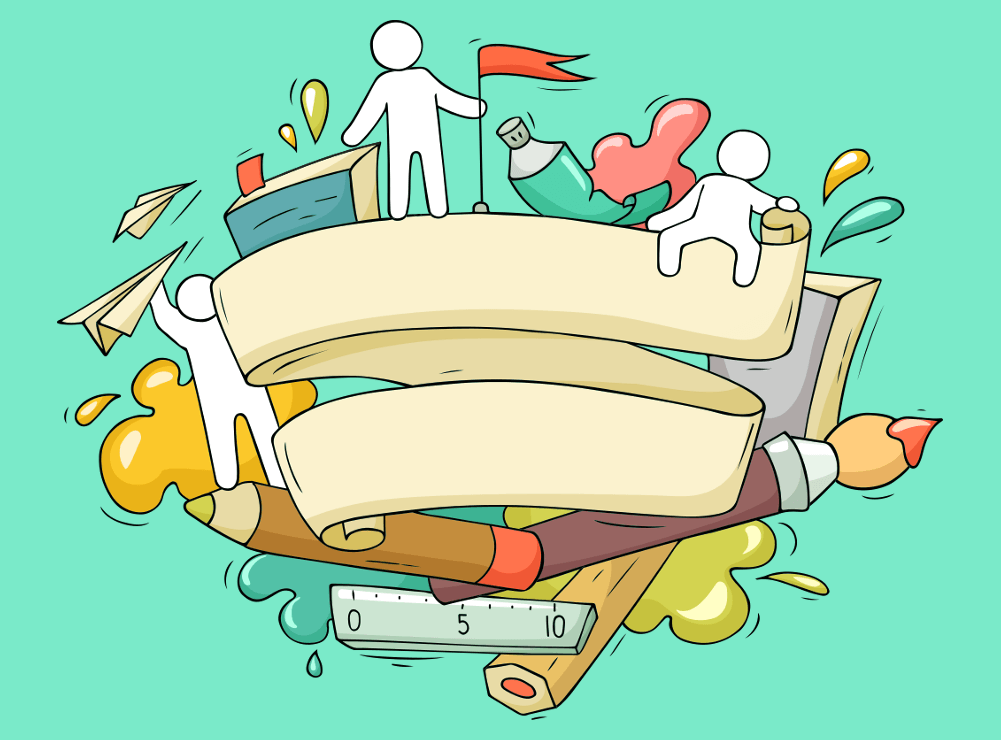Art
Art instruction helps children with the development of motor skills, language skills, social skills, decision-making, risk-taking, and inventiveness.
At Camrose Primary School, children are given opportunities to explore their ideas by experimenting, inventing and creating their own varied works of art using a range of materials. They will learn how to draw, paint, sculpt and explore other art, craft and design techniques.
The Art Curriculum Progression Grid shows what will be covered by all children and how skills and knowledge are developed as the children progress through the school.
Ambition / Intent:
At Camrose Primary School we recognise that Art, Craft and Design is essential to a rich and balanced education that develops the whole child. In our teaching of Art, Craft and Design, we recognise the importance of learning the unique sets of skill, as well as their integral place in our history and culture.
We aim to develop children’s skills through the process of generating ideas, making and evaluating art pieces whilst supporting this with a knowledge and understanding of artists, crafts people and designs, materials, tools and techniques.
We believe that this will prepare them to not only continue their study of Art, Craft and Design into Key Stage 3, but provide the foundation stones so that children may have a lifetime of participation, appreciation and enjoyment of the Arts, which are also used to gain a greater depth of understanding in other areas of our curriculum.
Design / Implementation:
The National Curriculum provides the structure and skill development for the Art, Craft and Design curriculum being taught throughout the school. We base our units on the art disciplines of drawing, painting, sculpture and mixed-media collage, and include areas of digital art in these units. In order to give our units a context and enhance learning across the curriculum, we endeavour to promote links with other subjects particularly through History and Geography.
Units are taught each term (usually for half a term). Sketchbooks are used throughout the process as each lesson builds on ideas from the previous. The children are encouraged to take ownership of their sketchbooks by exploring their own ideas through working with materials and making annotations.
Impact:
Our Art and Design curriculum contributes to pupil’s personal development in creativity, independence, judgement, and self-reflection. Pupils enjoy and value Art and Design and know why they are doing things, not just how. They understand and appreciate the value of Art and Design in the context of their personal wellbeing and the creative and cultural industries and their many career opportunities.
|
|
Camrose Artists |
||
|
End Point in Learning Journey |
|||
|
EYFS |
Key Stage 1 |
Key Stage 2 |
|
|
|
|
|

